Explore thermal energy, the movement of particles, and the effect on the state of matter with your students using these teaching slides and guided notes.
What is Thermal Energy, and How Does it Work?
This is a fascinating concept that can be explained in a simple and fun way for kids. Thermal energy is the energy that makes things feel hot or cold. Everything is made up of tiny particles called molecules. When something gets hotter, it’s molecules move faster. When something gets colder, it’s molecules slow down. So, the faster the molecules move, the more thermal energy there is.
These thermal energy teaching slides include vocabulary words, discussion slides, and comprehension checkpoints that make it easy to assess your student’s understanding of the concepts while teaching the lesson. The lesson can be used for guided science instruction or as independent study. Along with the slides, this download also includes some guided notes that students can take as they go through the lesson.
Explore Thermal Energy in Motion!
Through this lesson, your students will walk away with the ability to describe changes in particle motion, temperature, and state of a pure substance when thermal energy is added or removed.
Students will examine and define the following vocabulary words as they apply to the forces behind thermal energy in motion:
- Atoms
- Molecules
- Solid
- Liquid
- Gas
- Energy
- Kinetic Energy
- Potential Energy
- Thermal Energy
- Solidify
- Melt
- Evaporate
- Condense
- Freeze
This presentation can be used as a reference or guide when working on any thermal energy activity or assignment. For example:
- Thermal Energy Transfer: Solar Oven STEM Project
- Observing Conduction Science Experiment
- Science Experiment – Feel the Heat
Get More Out of Our Thermal Energy Explanation
Take this presentation even further with more activities to solidify your students’ comprehension of thermal energy concepts.
Pre-Lesson Activity
Got a flipped classroom? Students can be assigned this presentation as independent reading, either at home or prior to starting the lesson together as a group. Ask students to provide examples of each of the vocabulary words to assess their understanding.
Turn & Talk
Ask students to write questions on a sticky note as the resource is presented. Then put students into groups of 3 or 4 to help each other answer the questions on their sticky notes. Even if the answer was uncovered farther into the lesson, challenge students to address every sticky note question to ensure all group members comprehend the concepts.
Be the Teacher
As a post-lesson activity, ask students what they would put on a quiz if they were the teacher. Have your students write their own 5-question quiz using the information in the presentation. Then direct them to trade papers with another student to take the quiz.
Download and Learn Today!
Use the drop-down icon on the Download button to download the Google Slides and the guided notes. The guided notes are available to to download in an easy to print PDF or an editable Google Slide verison.
This resource was created by Gabriela Perez, a teacher in Texas and a Teach Starter Collaborator.
More Thermal Energy Resources
[resource:4635140] [resource:2032074] [resource:4916330]
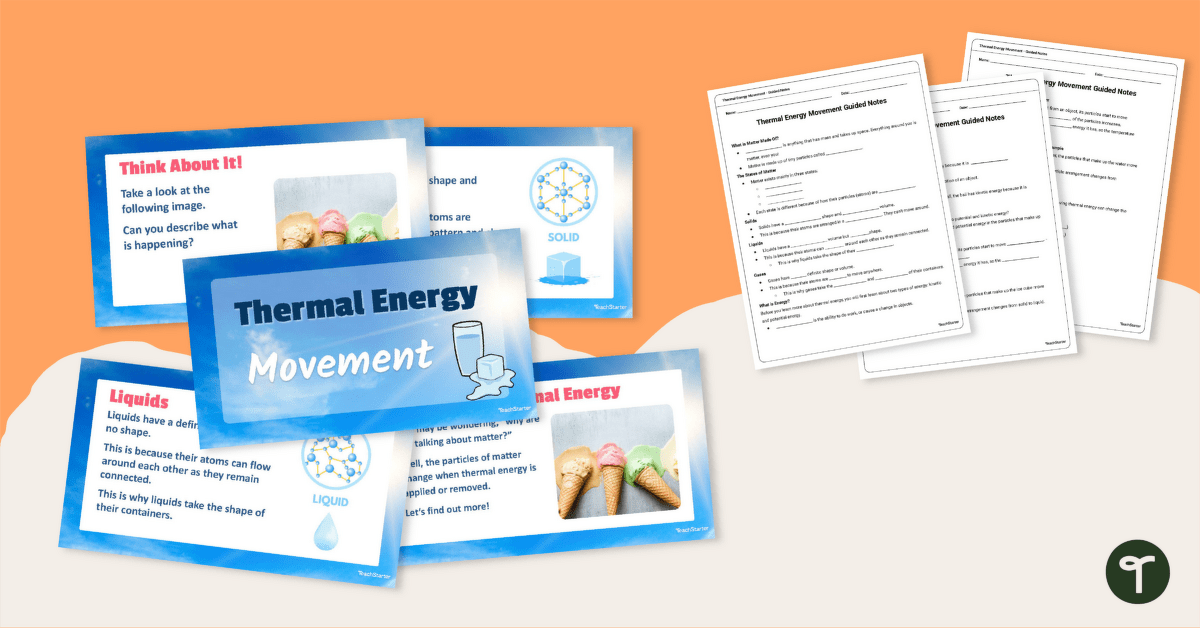

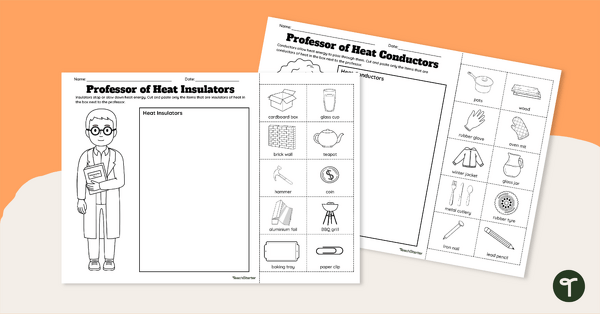
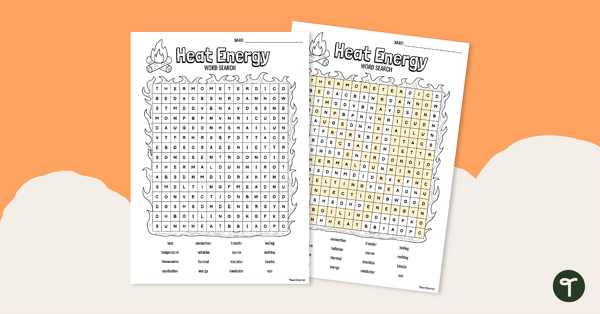
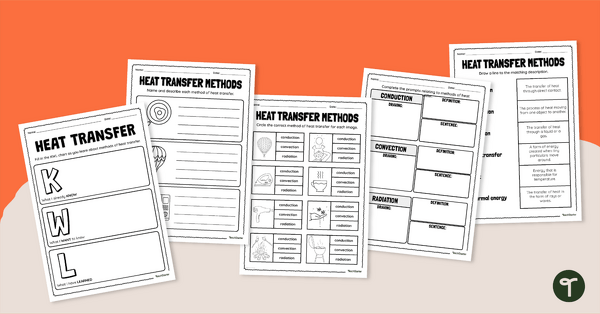
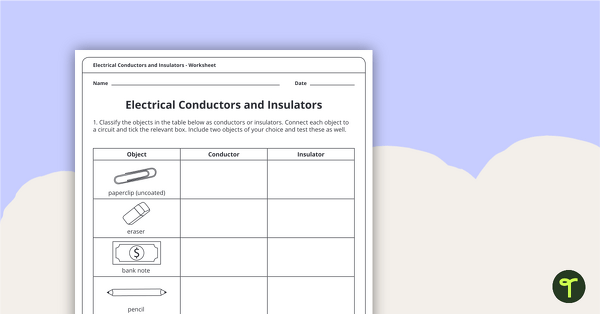
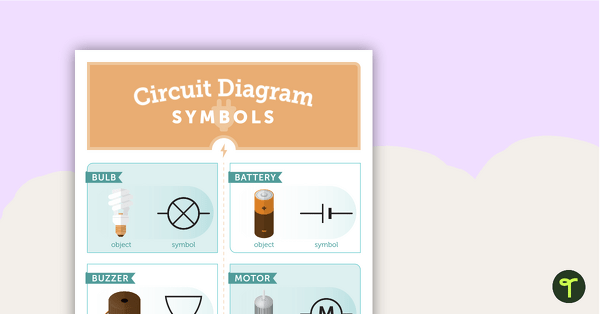
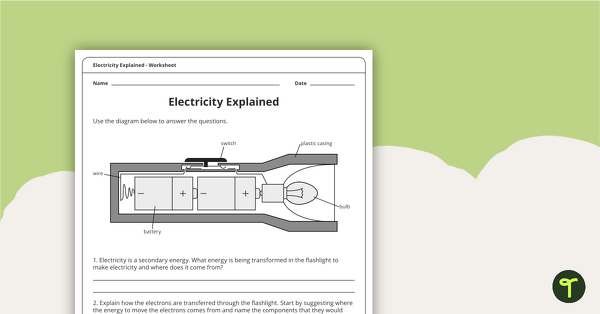

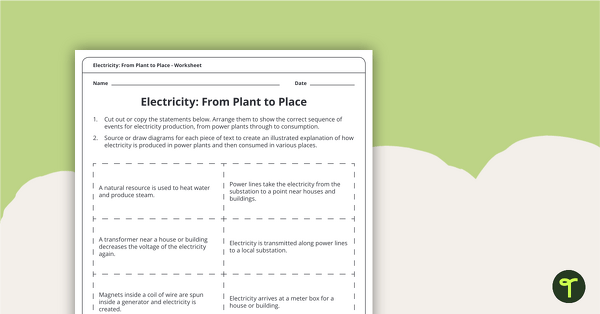
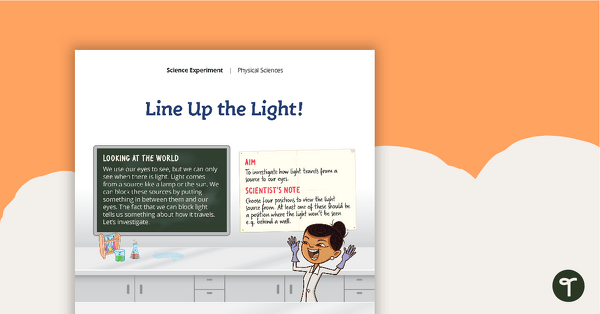
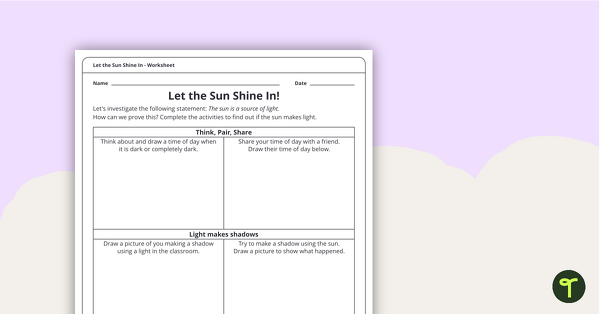
0 Comments
Write a review to help other teachers and parents like yourself. If you'd like to request a change to this resource, or report an error, select the corresponding tab above.